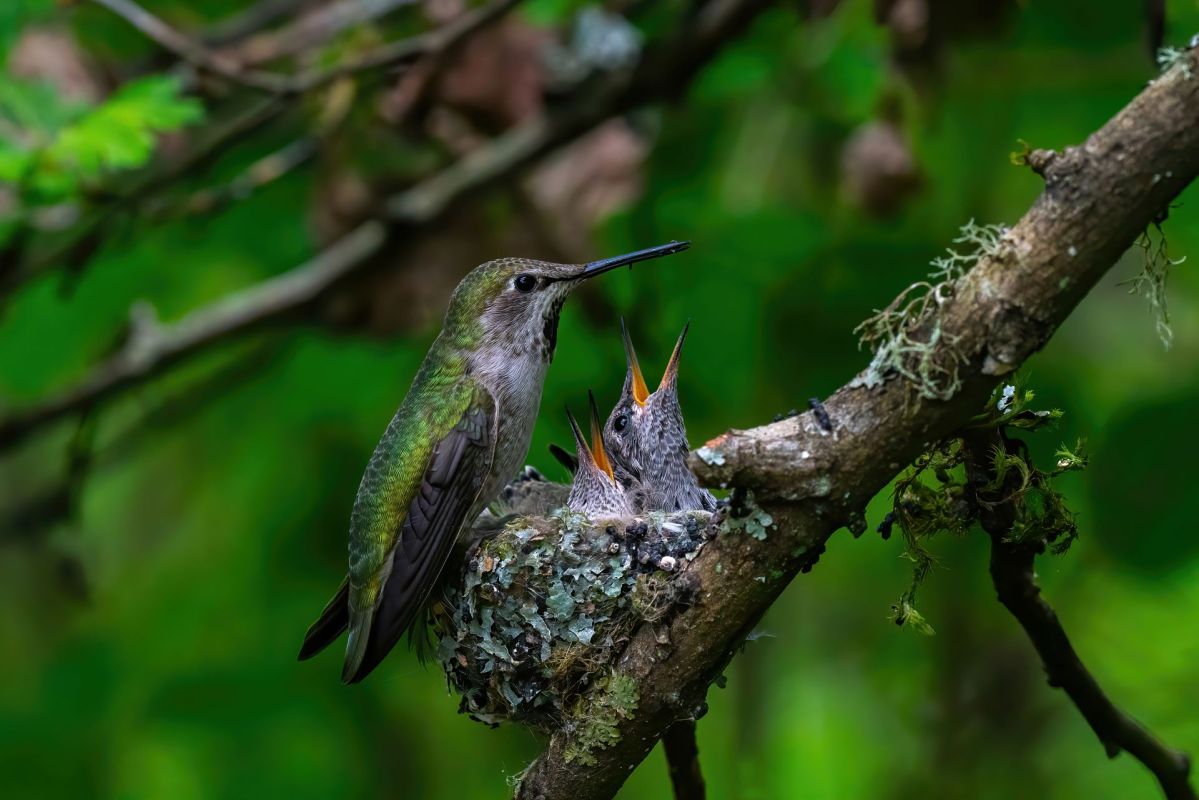When the environment changes, the species living in it also change to adapt to the new conditions. A 40-year study of birds in the Amazon and Chicago suggests that may be happening now.
MLive reported that as temperatures have risen, over 100 species of birds have gotten smaller bodies and longer wingspans — a classic adaptation to hot climates.
What's happening?
According to MLive — a source for all things Michigan — scientists from the University of Michigan and elsewhere studied two groups of birds: live birds caught with nets in the Amazon and birds that died due to impacts with buildings in Chicago. The groups included 86,000 birds from 129 different species.
The researchers took multiple measurements of each bird, including beak size, body size, and wing length. What researchers found was that, over time, the bodies of birds got smaller, MLive said. At the same time, wingspans increased. Smaller species changed more quickly than larger species.
"The relationships between body size and rates of change are remarkably consistent across both datasets," Benjamin Winger, an ornithologist at the University of Michigan, told MLive.
What do these changes mean?
Normally, higher body weight compared to other members of the same species shows that a bird is healthy and well-fed, the National Audubon Society explained. If many birds from the same species get smaller, that might indicate disease or a food shortage.
However, the new study included birds of many different species in multiple locations. Different species eat different foods, so it's doubtful that all the food supplies declined at the same time, and the long distance makes disease unlikely.
One probable explanation, MLive suggested, is that smaller sizes are an adaptation to increasing heat. The National Audubon Society elaborated on this theory, explaining that smaller bodies with longer limbs release heat more easily. This makes it easier to survive in hotter climates.
A scientific principle called Bergmann's rule says that warm-blooded animals in cold climates are likely to have large bodies with short limbs, and similar animals in hot climates have small bodies with long limbs for this reason.
The fact that smaller bird species seemed to change more quickly than larger ones could suggest that smaller species are better at adapting to rising temperatures. However, as ecologist Vitek Jirinec pointed out to the National Audubon Society, birds can't keep shrinking forever, so there are limits to their adaptability.
TCD Picks » Upway Spotlight

What can I do about changes in the environment?
To protect these birds and other wildlife, individuals can help cool down the Earth by producing less heat-trapping gases. Try to minimize waste in your household, cut down on single-use plastics, and switch from polluting gas-powered cars and appliances to clean energy options.
Join our free newsletter for cool news and cool tips that make it easy to help yourself while helping the planet.














